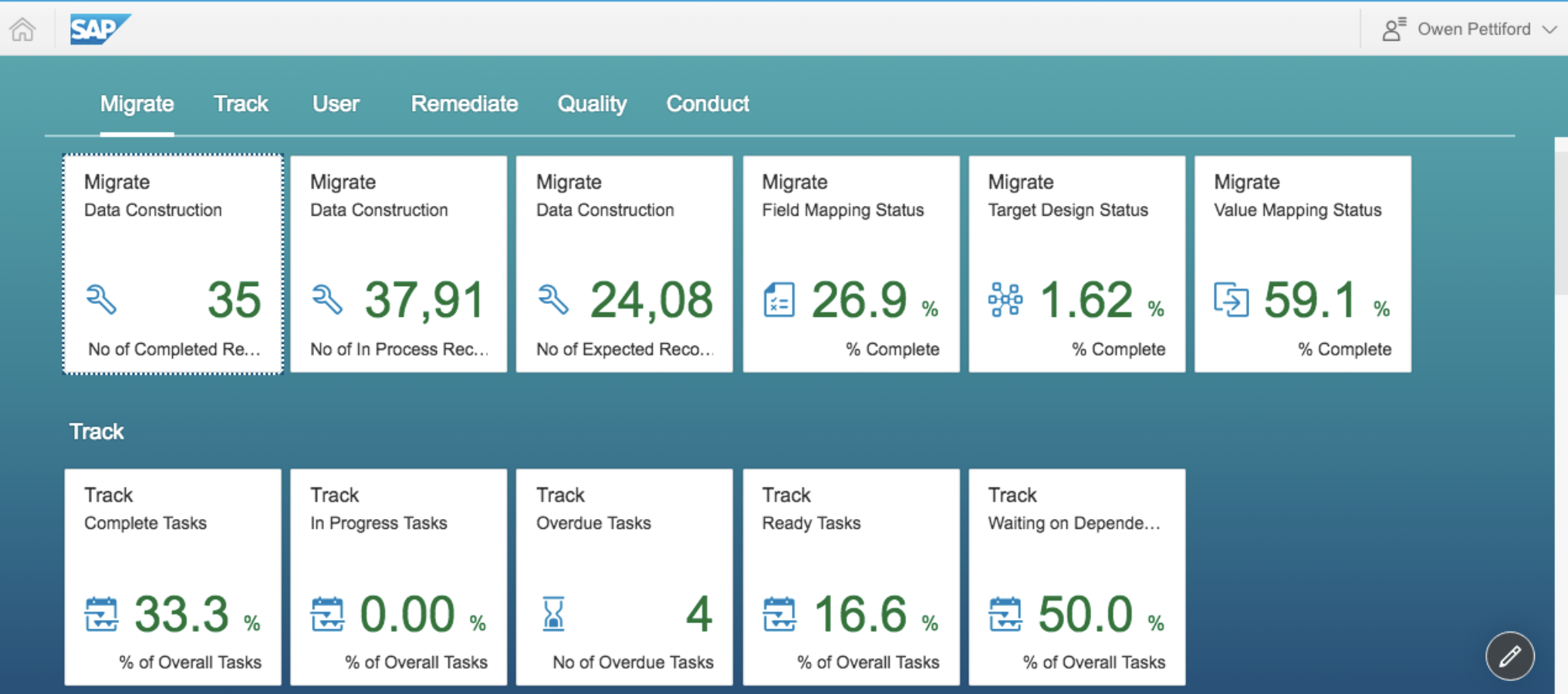People have different ways of dealing with current and future events; some people plan for the possibilities, while others respond in a much more reactive way.
For these reactive people, real-time alerts become the trigger to do something that proactive people would have done anyway. Either way, real-time alerts from analytics software can provide much-needed insight right at the moment when something can be done to mitigate problems before they become worse, or to take action to improve a situation or business result.
As all types of equipment are becoming equipped with sensors that enable the mirroring of the real world in a digital world -- for example, in a digital twin -- the ability of IT systems to alert people to real-world situations has increased. Add to this the capabilities of machine learning and predictive analytics, and you can imagine a system that provides real-time alerts to show people what is important and urgent, so they can start with the most value-adding tasks and work their way down.
Delivering a Competitive Advantage
The trend toward the increased use of real-time analytics will eventually impact all lines of business, and the organizations that grasp it first will reap the benefits of a competitive advantage. Why? Because customers will prefer to work with organizations that can identify and fix problems before they arise.
Currently, the companies that effectively fix problems soon after they are identified earn good Net Promoter Scores, a measure of customer loyalty. But, in the future, it will be the companies that spot potential problems and fix them before they have an impact that will get the best scores and attract the most customers.
These same techniques can also be used to predict what we want before we know we want it. This is already happening with items like car tires and simple electrical components. The trend will continue to expand to the point where people will just expect this kind of service.
Minimizing Alert Overload and False Alerts
So how can organizations avoid alert overload in this simultaneously more reactive and proactive world brought about by real-time alerts?
The first and most important element will be avoiding false alerts that are driven by either bad data quality or poor algorithms. If people can't trust the alert system, they will ignore it, seeing it as a time waster rather than a time saver.
Assuming valid alerts are being transmitted, there must also be front-end systems that enable filtering and prioritizing different types of alerts. The SAP Fiori Launchpad is a good example of this kind of personalization through its ability to move and create user-specific content and filter notifications. The screenshot below shows the alerts configured for a data steward, which enables them to see which items need attention. Only with this type of personalization and role-based content will alert systems really deliver on their promise.

Getting Real-Time Alerts Right
Enterprises looking to implement an alert system will need to employ a user interface like the SAP Fiori Launchpad, as well as associated key performance indicator and notification frameworks. Doing so will help ensure that the right alerts are getting to the right people without causing notification fatigue.
As people gain experience using alerts, they will start to use them to trigger automated processes to fix the problems without human intervention, likely using some kind of machine learning technology.
To underpin the real-time alert system, teams will also need a real-time transaction processing system that can calculate potential alerts and notifications in real time to reduce latency between the signal and the action. This means that the data in the system must be of the highest quality possible, both in terms of completeness and correctness, which can be assured via a process that confirms that all the fields follow the rules and the content makes sense.
A real-time data quality system can help accomplish this, while also ensuring the currency of the data, so that people know the data coming from devices, sensors, point-of-sale tills and kiosks is real-time data, and the digital twin truly represents the real world. For this final step, you need real-time integration capabilities.
I see lots of organizations focused on establishing real-time alerts without enough care being given to the other elements. To get the best results out of real-time analytics, organizations must take the time to set up the proper systems and frameworks that help drive the alerts and ensure data quality so there is alignment with business processes.
> Click here to view the original article on TechTarget.